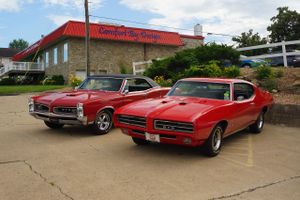Get the lowdown on one of Japan’s most beloved cars…
Even if you’re not a fan of Japanese performance cars, whether they’re JDM or not, chances are you likely have at least a healthy respect for the Toyota Supra. The sports coupe has won many over with its ability to take well to extreme modifications as well as unbelievable durability thanks to the overbuilt and legendary 2JZ.
Now it’s time to learn about the history of the Toyota Supra.
See an unbelievable 1993 Toyota Supra barn find here.
1978 Toyota Celica Supra
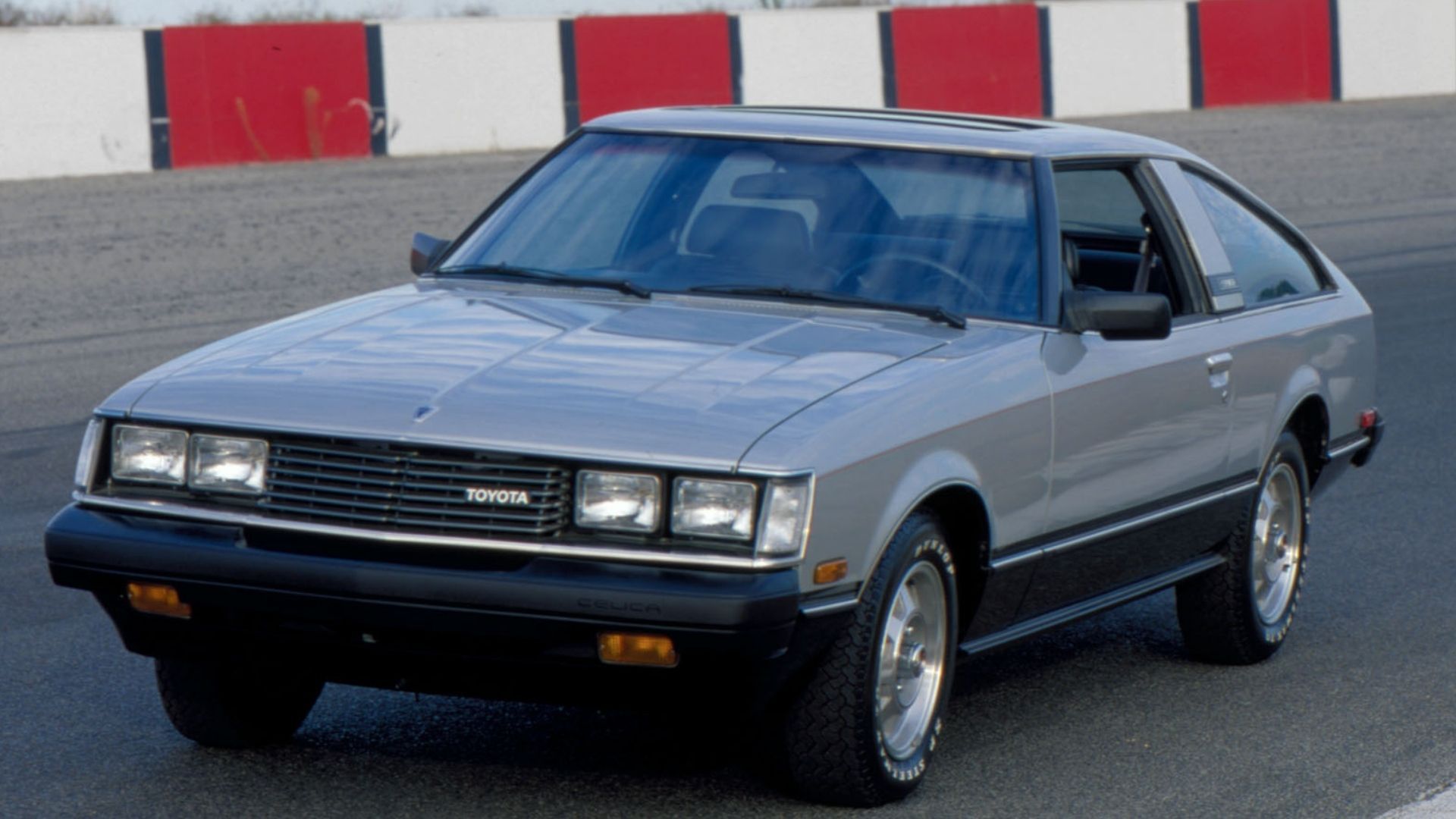
Many people don’t realize the Supra started out as a derivative of the Toyota Celica way back in the late 70s. The 2+2 accommodated passengers and luggage better with an expanded rear. Engineers also made the engine bay larger so an inline-6 derived from the 2000GT supercar could be shoehorned in. Toyota made a number of changes to the Celica Supra through 1980.
1981 Toyota Celica Supra
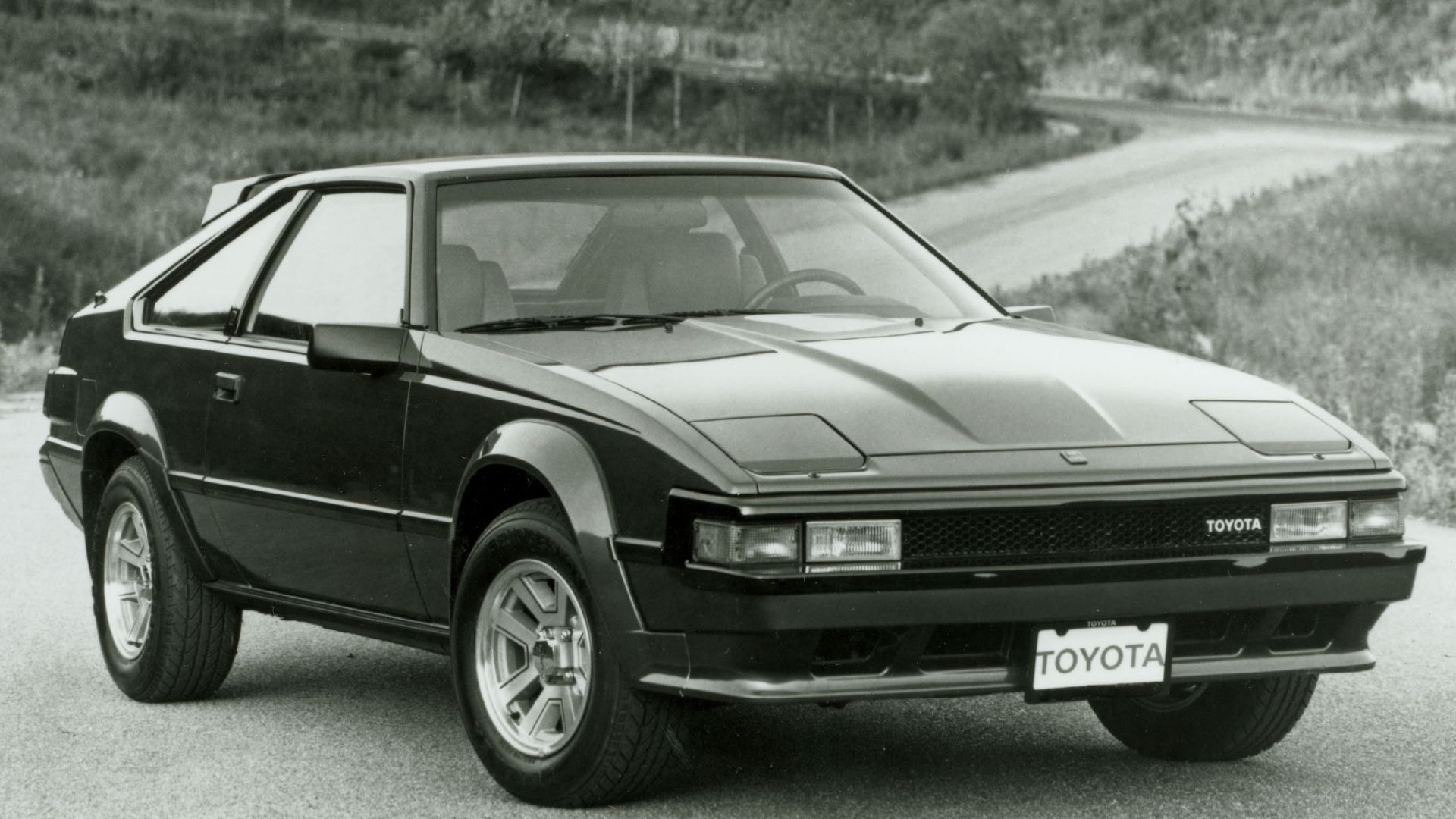
The second generation of the Supra looks appropriately 80s with its wedge shape and sharp angles, which were all the rage back in the day. Now with pop-up headlights, the Supra still was in the Celica lineup, and it was gaining a dedicated following. Recognizing the performance potential, Toyota began dialing that up throughout the second generation. At the same time, the automaker realized that racing the Supra could pump sales up further. Thanks to an excellent motorsports effort, the coupe enjoyed excellent on-track success.
1986 Toyota Supra
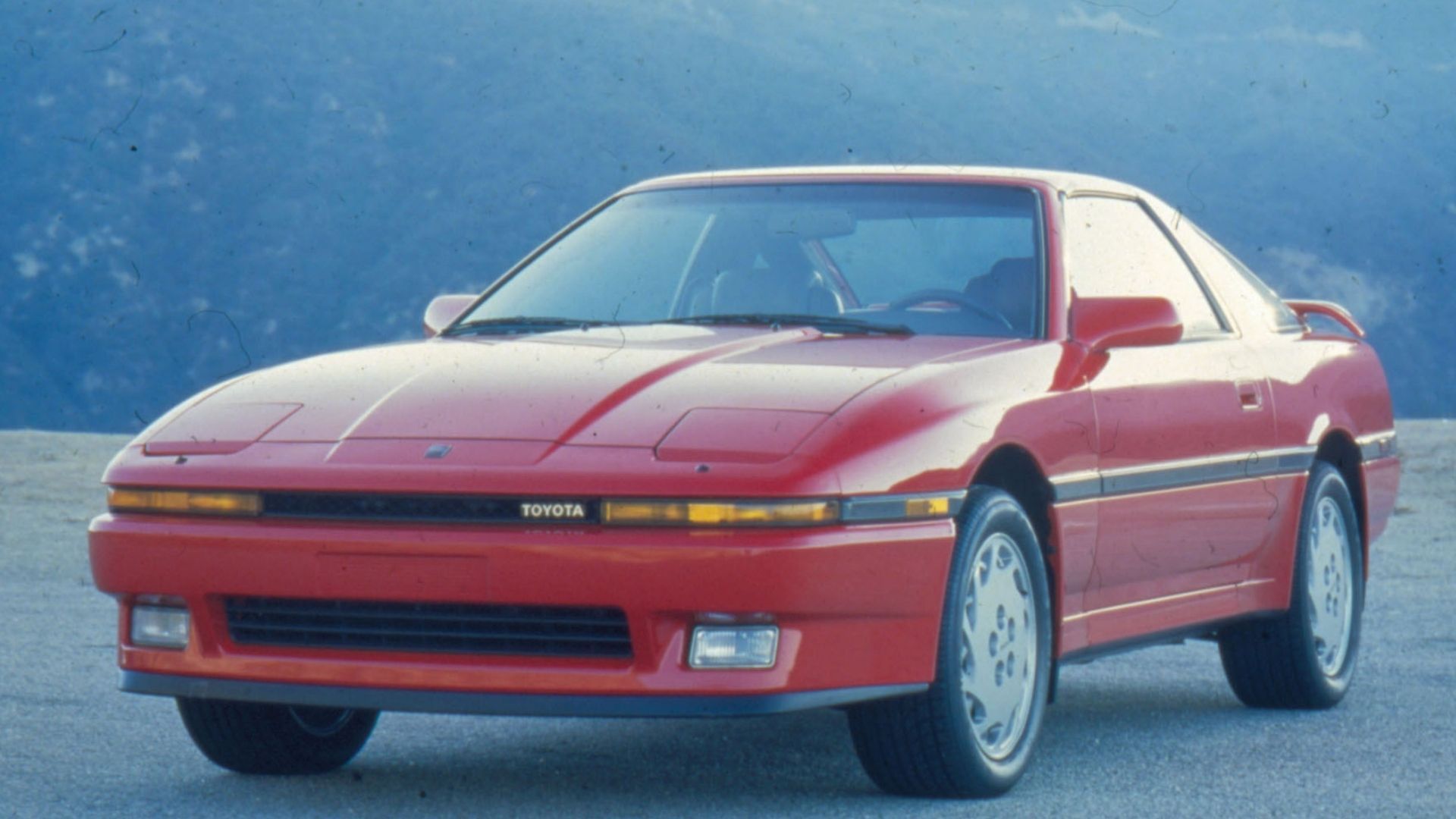
Finally, in its third generation the Toyota Supra became a stand-alone model. Shedding the Celica platform, engineers started to develop the coupe into something truly exciting. Among the many innovative new features was a more powerful and larger 3.0-liter inline-6 engine, ABS, and selectable drive modes. This improved platform meant the car could be entered into more prestigious motorsports events, taking on the Nissan R32 GT-R head-to-head.
1993 Toyota Supra
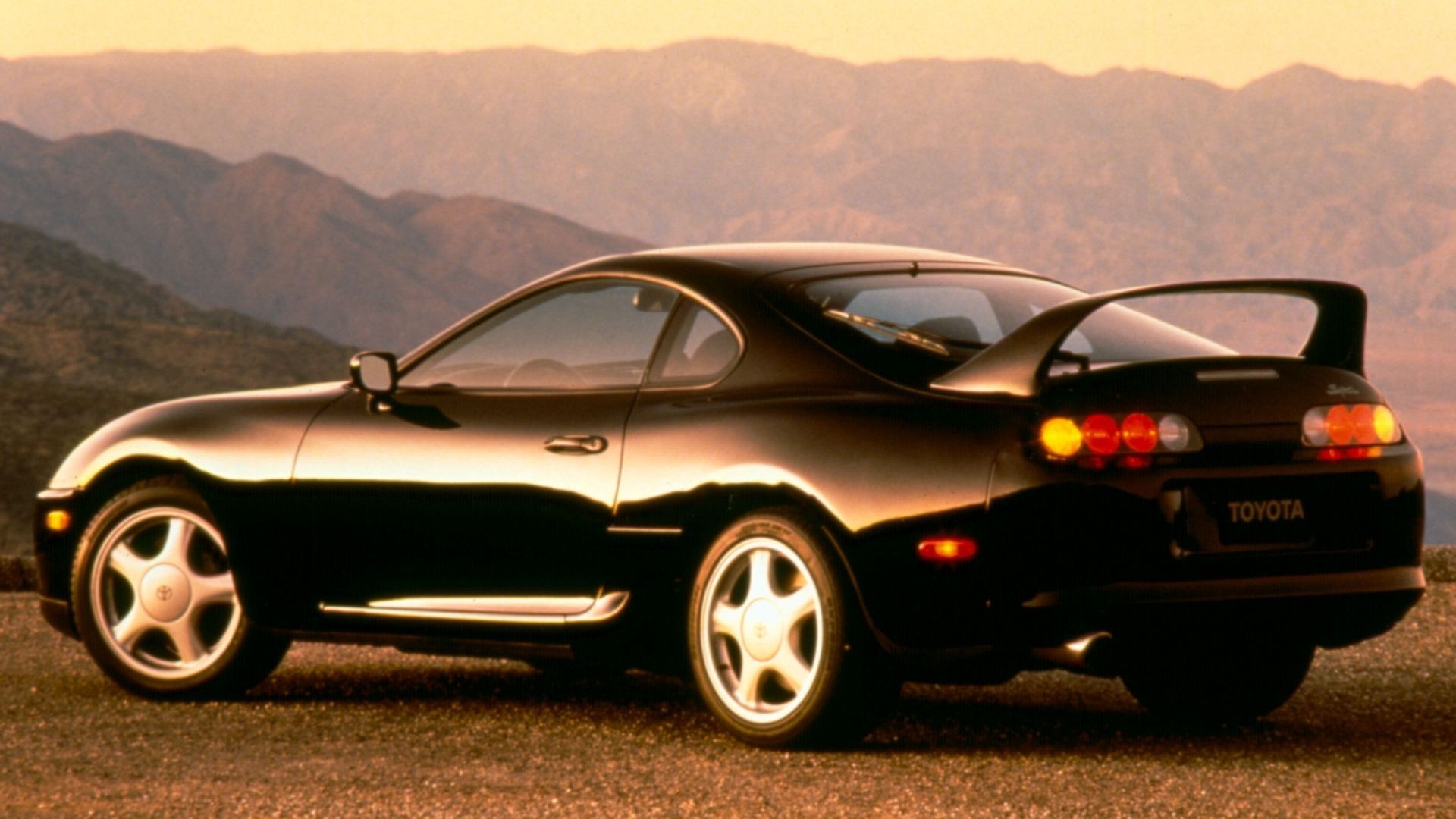
The MKIV Supra is the one everyone absolutely loves and today’s values for these cars reflect that. With amazing performance right out of the box and a more curvaceous form, quite a few enthusiasts fell in love with the sports car from the get-go. However, as the 90s continued and unfavorable exchange rates between Japan and the United States worsened, the Supra in the North American market was doomed along with other Japanese performance cars.
Still, tuners were finding ways to squeeze unbelievable power out of these cars, with 1,000-plus horsepower attainable. Thanks to a lightweight construction and more technologically-advanced stability control, the fourth-gen Supra could handle that kind of power with true grace. It was also enjoying even more prestige on the track and was featured in video games like Gran Turismo, boosting the Supra brand further. By the time one was featured as the hero car in the original Fast and Furious movie, just about everyone wanted to get their hands on one of these and prices skyrocketed almost overnight.
2019 Toyota Supra
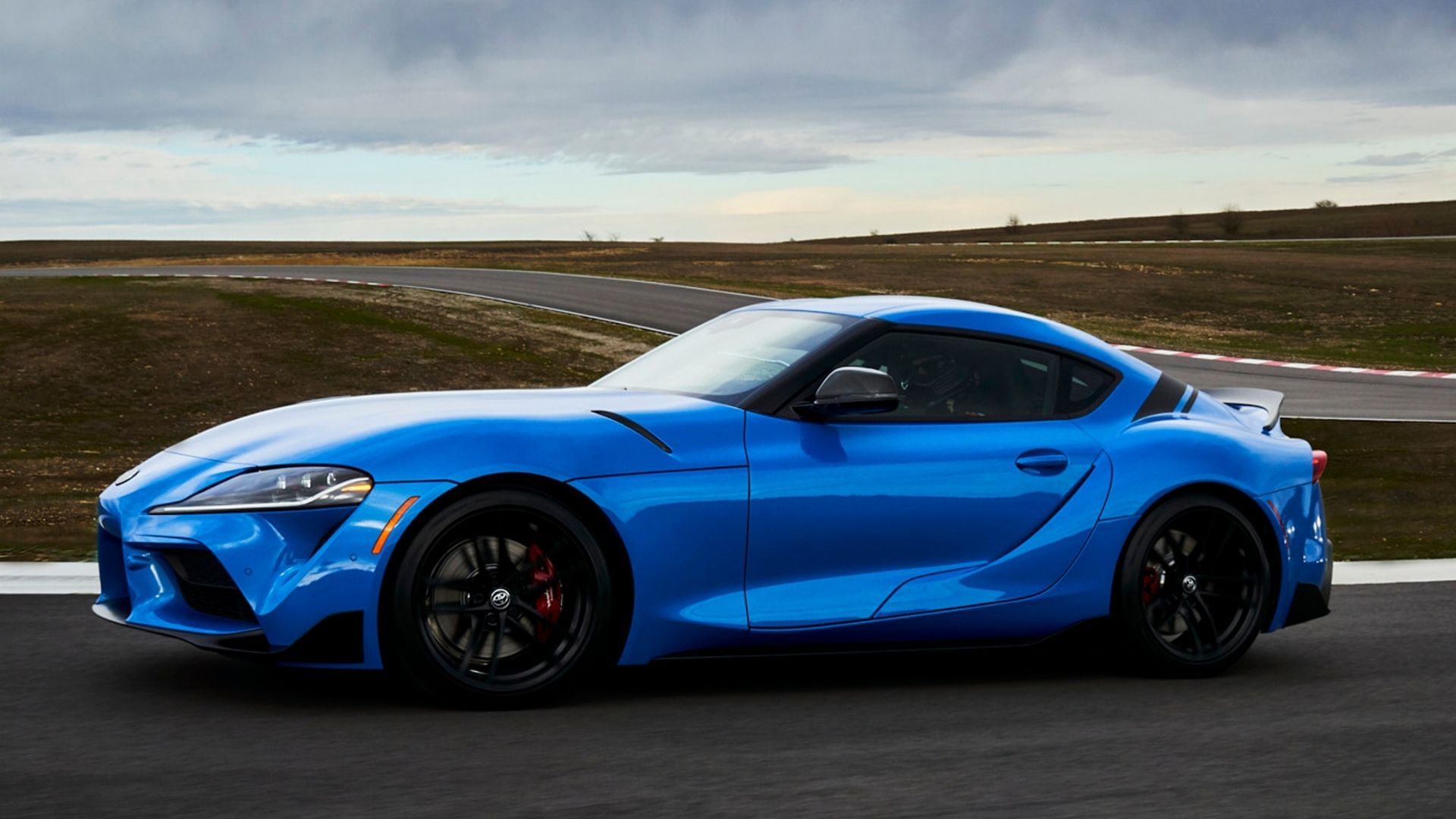
Controversial in many ways, not the least of which is the BMW platform, there’s no denying the MKV Supra is a solid performance machine. Some have also expressed disappointment that the new generation doesn’t look more like the MKIV, a strange complaint considering the MKIV wasn’t a derivative of the MKIII. Toyota and Gazoo Racing collaborated on the body panel shapes and chassis tuning for the coupe, which can do 0-60 in a claimed 3.9 seconds with the straight-6 engine, which is faster than the BMW Z4. Tuners are finding ways to make the car even quicker and more powerful.


